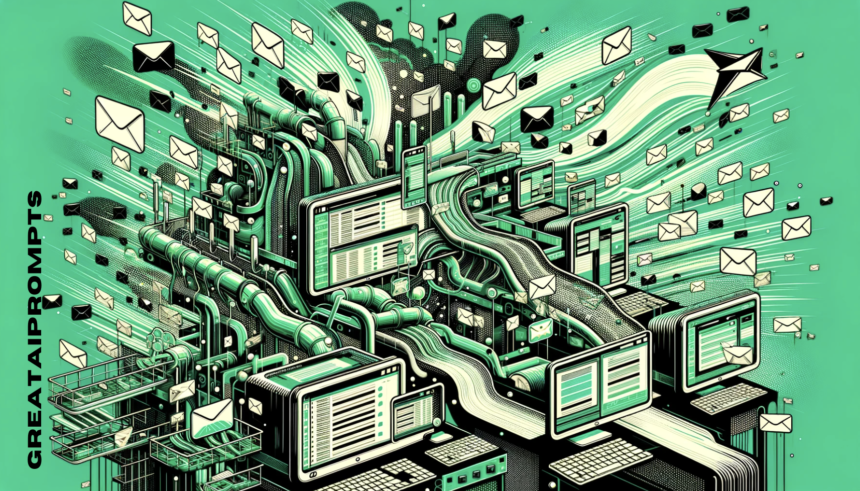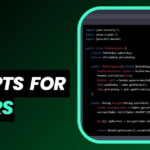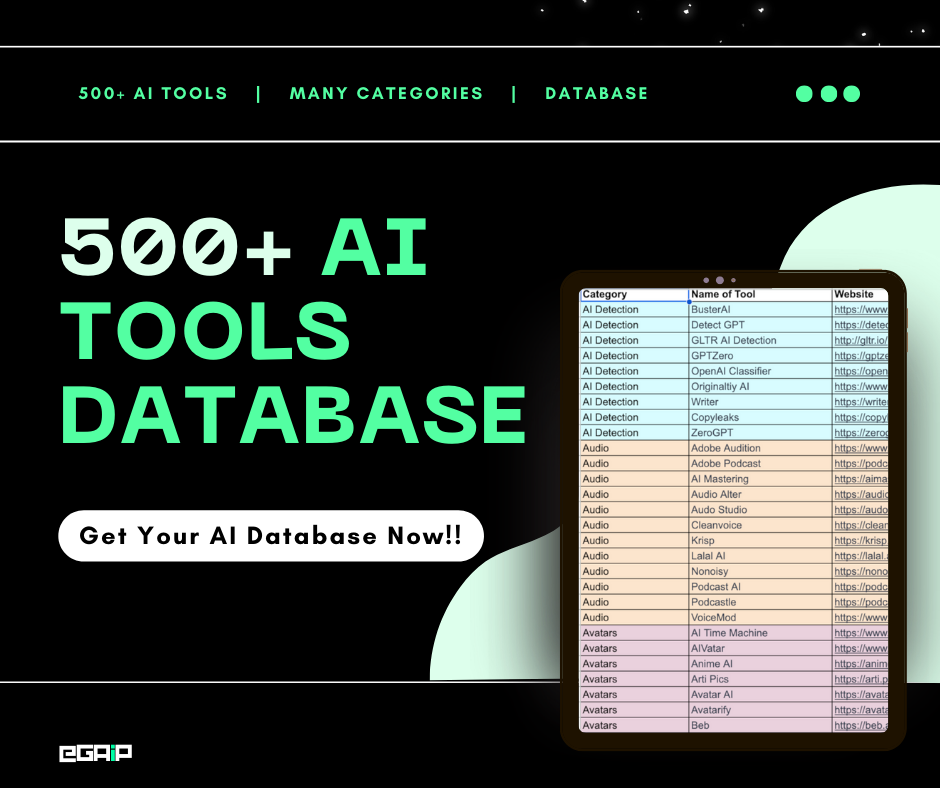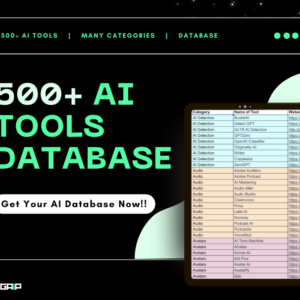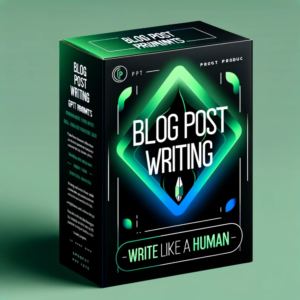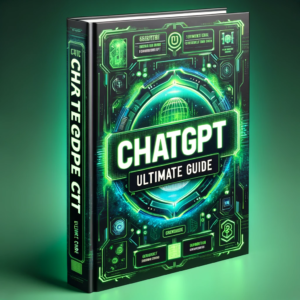Looking for the best ChatGPT prompts for email marketing?
For numerous companies, effectively utilizing email marketing to engage and retain customers can be daunting. Mastering email marketing is essential for nurturing leads, building customer relationships, and driving consistent sales.
In this post, we are going to share some of the best email marketing ChatGPT prompts that will help you craft the best emails for your marketing campaigns.
How ChatGPT Can Help With Email Marketing
ChatGPT can craft compelling email content with catchy subject lines and compelling formatting. It’s like having a personal copywriter who understands your brand’s voice and your audience’s needs.
ChatGPT can also help you communicate more effectively, increasing the chance you get a response and can start a conversation.
Beyond content creation, ChatGPT can be extremely useful for strategy and analysis to help you craft more efficient future campaigns by analyzing past data and information.
Prompts for Crafting Effective Email Content
1. “Generate an engaging subject line for an email campaign targeted at [target audience], focusing on [specific product or service]. Include elements that will capture attention and entice the reader to open the email.”
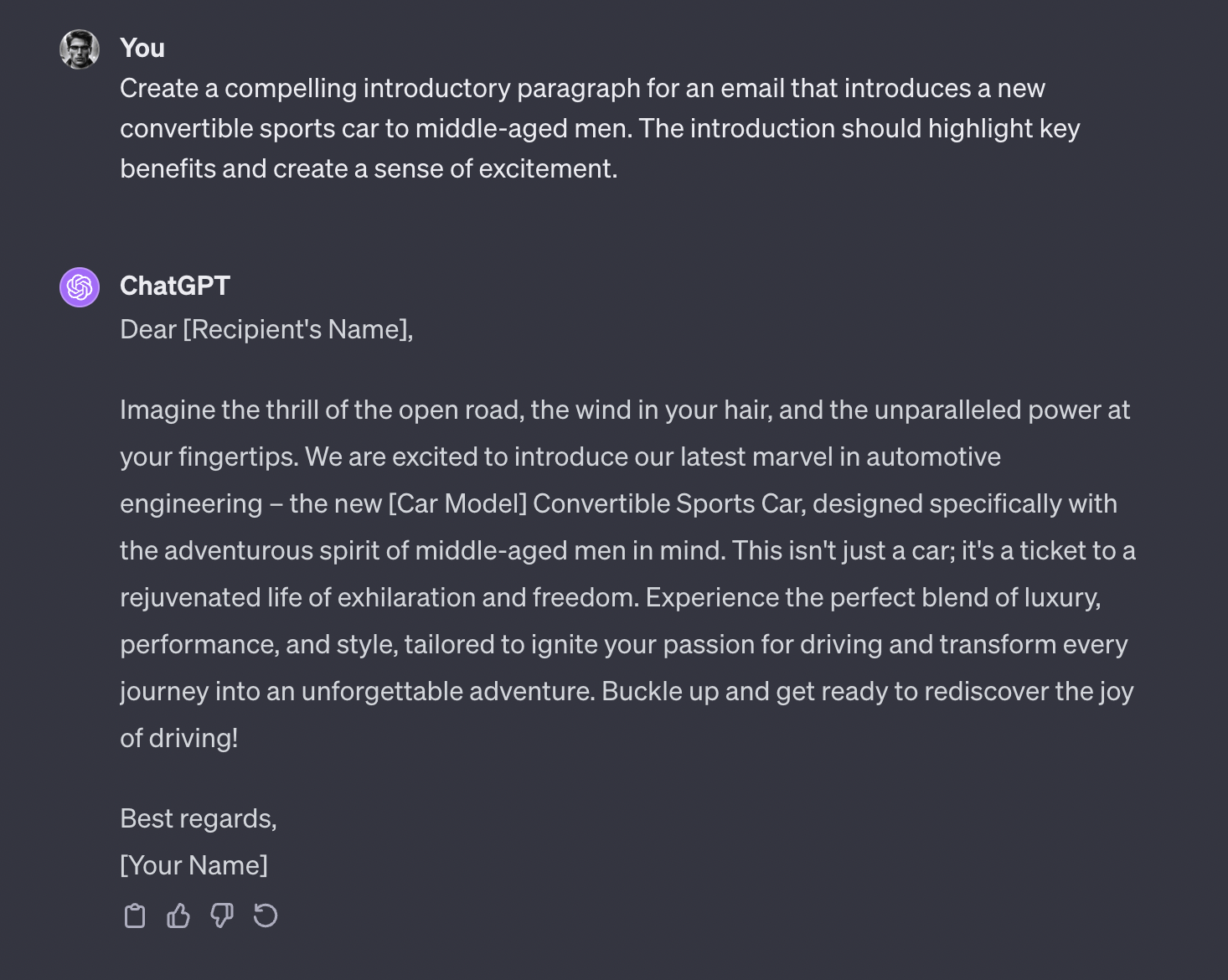
2. “Create a compelling introductory paragraph for an email that introduces a new (product/service) to [target audience]. The introduction should highlight key benefits and create a sense of excitement.”
3. “Draft an email body for a promotional campaign about [specific event or sale]. The content should be concise, highlight the main offers, and include a clear call-to-action that encourages [action: e.g., making a purchase, signing up].”
4. “Compose an email to re-engage customers who haven’t interacted with [brand/company] in the past [time frame]. The content should be personalized and offer an incentive to encourage them to re-engage.”
5. “Write an email targeted at [specific customer segment] that introduces a loyalty program. The email should explain the benefits of the program and how customers can participate.”
6. “Create a newsletter template for [your company/brand] that includes sections for featured products, customer testimonials, and upcoming events. Ensure the template reflects the brand’s tone and style.”
7. “Draft an email that announces a partnership between [your company] and [partner company]. The message should explain the partnership’s benefits to the customers and how it enhances the value of your offerings.”
8. “Formulate an email for a survey request to gather feedback about [specific product/service]. Include a brief explanation of how the feedback will be used and an incentive for completing the survey.”
9. “Write a thank-you email for customers who have recently made their first purchase. The email should express gratitude, provide helpful information about the product/service, and encourage future interactions.”
10. “Develop a series of three emails for a drip marketing campaign aimed at [specific segment of your mailing list]. Each email should build on the last, providing more information about (product/service) and guiding the reader towards a conversion.”
Prompts for Optimizing Email Performance
11. “Develop a plan to A/B test different subject lines for an upcoming email campaign about [specific promotion or event]. Outline the key metrics to track and how the results will influence future campaigns.”
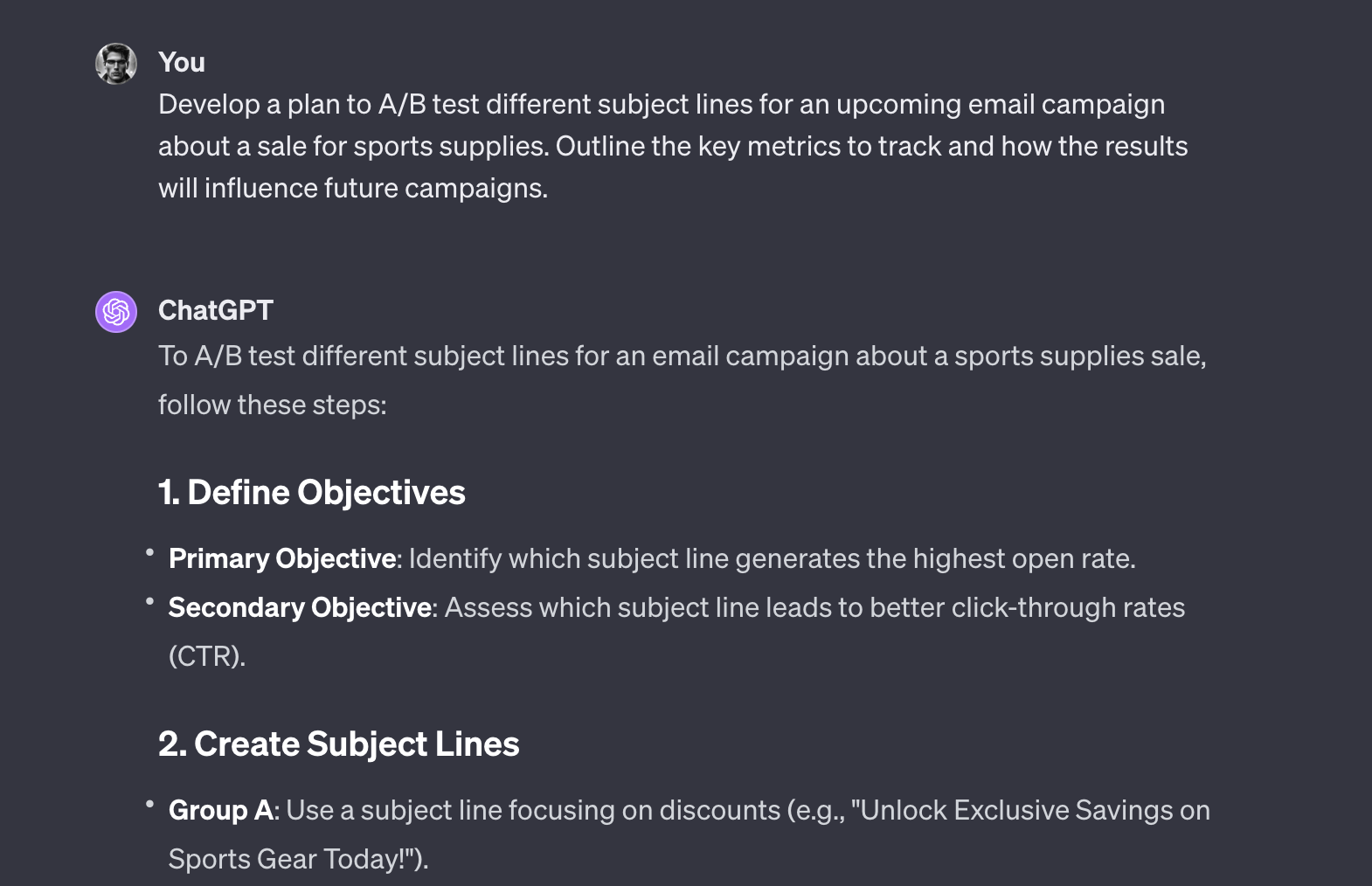
12. “Create a strategy for segmenting your email list based on [customer behavior/interests/purchase history]. Describe how you would tailor content for each segment to increase engagement.”
13. “Draft an email that addresses cart abandonment issues, targeting customers who have left items in their cart on [your website]. Include persuasive copy and a special offer to encourage completion of the purchase.”
14. “Develop a strategy for optimizing email send times for [your target audience]. Describe how you would test and determine the best times to increase open and click-through rates.”
15. “Create a checklist for ensuring all email content is mobile-friendly, considering aspects like layout, image size, and text formatting. This will ensure optimal viewing experience on mobile devices.”
16. “Design a re-engagement campaign for inactive subscribers on your email list. Outline the steps you would take to identify these subscribers and the type of content that would be used to re-engage them.”
17. “Propose a method for tracking and analyzing the performance of an email campaign focused on [specific goal]. Include key performance indicators like open rate, click-through rate, and conversion rate.”
18. “Draft an email that encourages recipients to update their preferences, ensuring that they receive the most relevant content based on their interests and needs.”
19. “Outline a strategy for gradually increasing email frequency for [specific segment of your audience] without causing a spike in unsubscribe rates. Describe how you would monitor engagement to find the optimal frequency.”
20. “Create a process for routinely cleaning your email list, including steps for removing inactive subscribers and updating email addresses. Explain how this will improve overall email campaign performance.”
Prompts for Email for Business Growth
21. “Draft an email that promotes a referral program to [your existing customers]. The email should explain how the program works and the benefits for those who participate.”
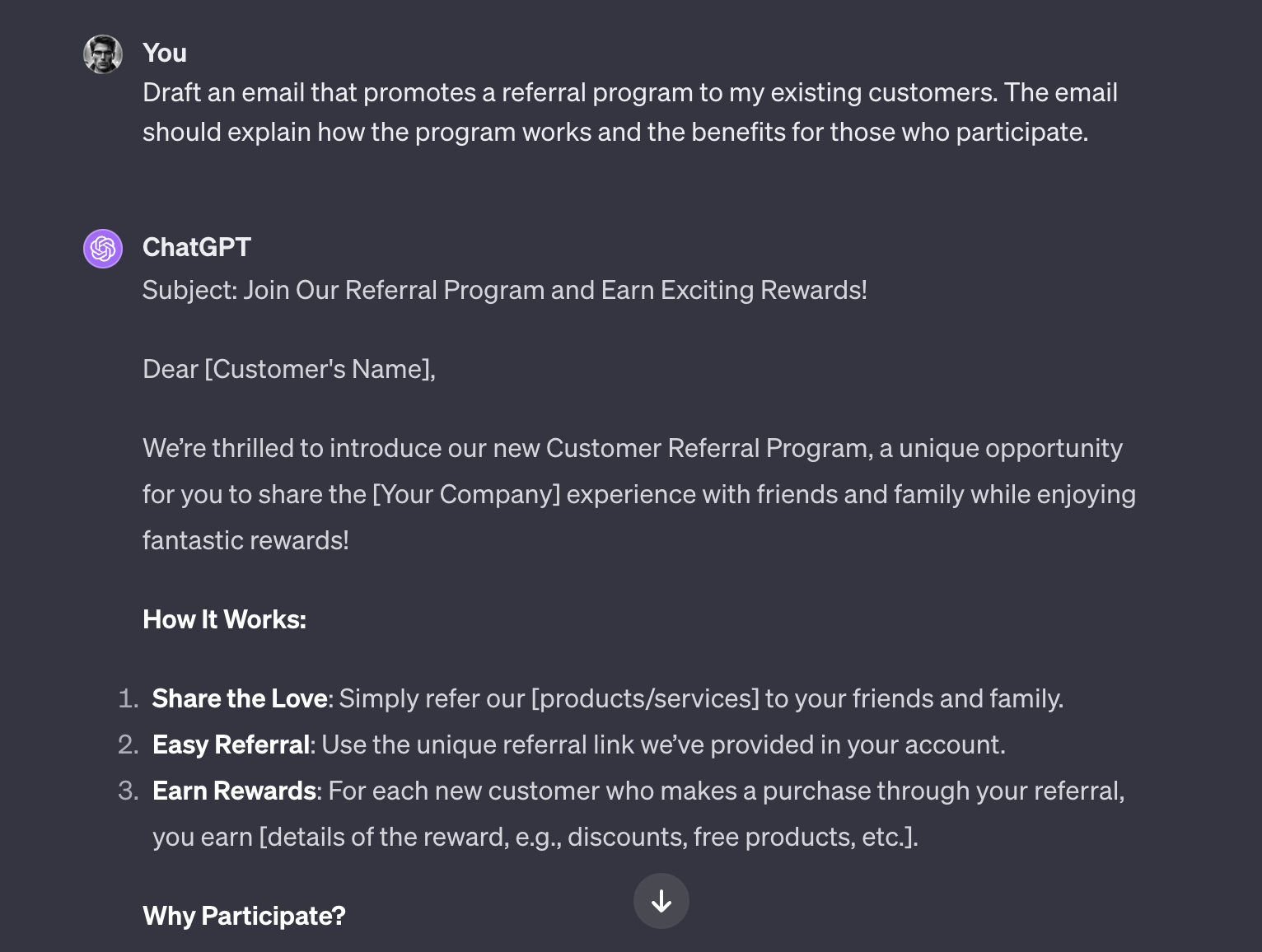
22. “Develop a strategy to use email marketing for upselling and cross-selling products to [current customers]. Outline how you would segment the audience and personalize the offers.”
23. “Compose an email to introduce a new product line to [existing customers]. The email should highlight the unique features of the new line and how it complements their previous purchases.”
24. “Create a series of educational emails that provide valuable information related to [your product/service]. These emails should position your brand as a thought leader and build trust with your audience.”
25. “Outline a campaign to use email marketing in conjunction with social media. Describe how you would integrate the two platforms to amplify your marketing message and reach a wider audience.”
26. “Develop an anniversary or milestone email to send to customers who have been with [your brand/company] for [a specific time period]. The email should celebrate the relationship and offer a special discount or gift.”
27. “Create a plan for leveraging customer testimonials in your email marketing. Describe how you would collect and feature these testimonials to build credibility and trust among your audience.”
28. “Draft an email that highlights customer success stories related to [your product/service]. These stories should demonstrate the tangible benefits and results that customers have achieved.”
29. “Develop a strategy for incorporating user-generated content into your email newsletters. Describe how this content can add authenticity to your brand and engage your audience.”
30. “Compose an end-of-year recap email that highlights the major achievements of [your company] and thanks customers for their support. Include a sneak peek of what’s coming in the next year to build anticipation.”
Prompts for Email Design and Layout
31. “Design an email template that aligns with the brand identity of [your company]. The template should include a header, footer, and sections for main content. Ensure it is visually appealing and reflects the brand’s color scheme and typography.”
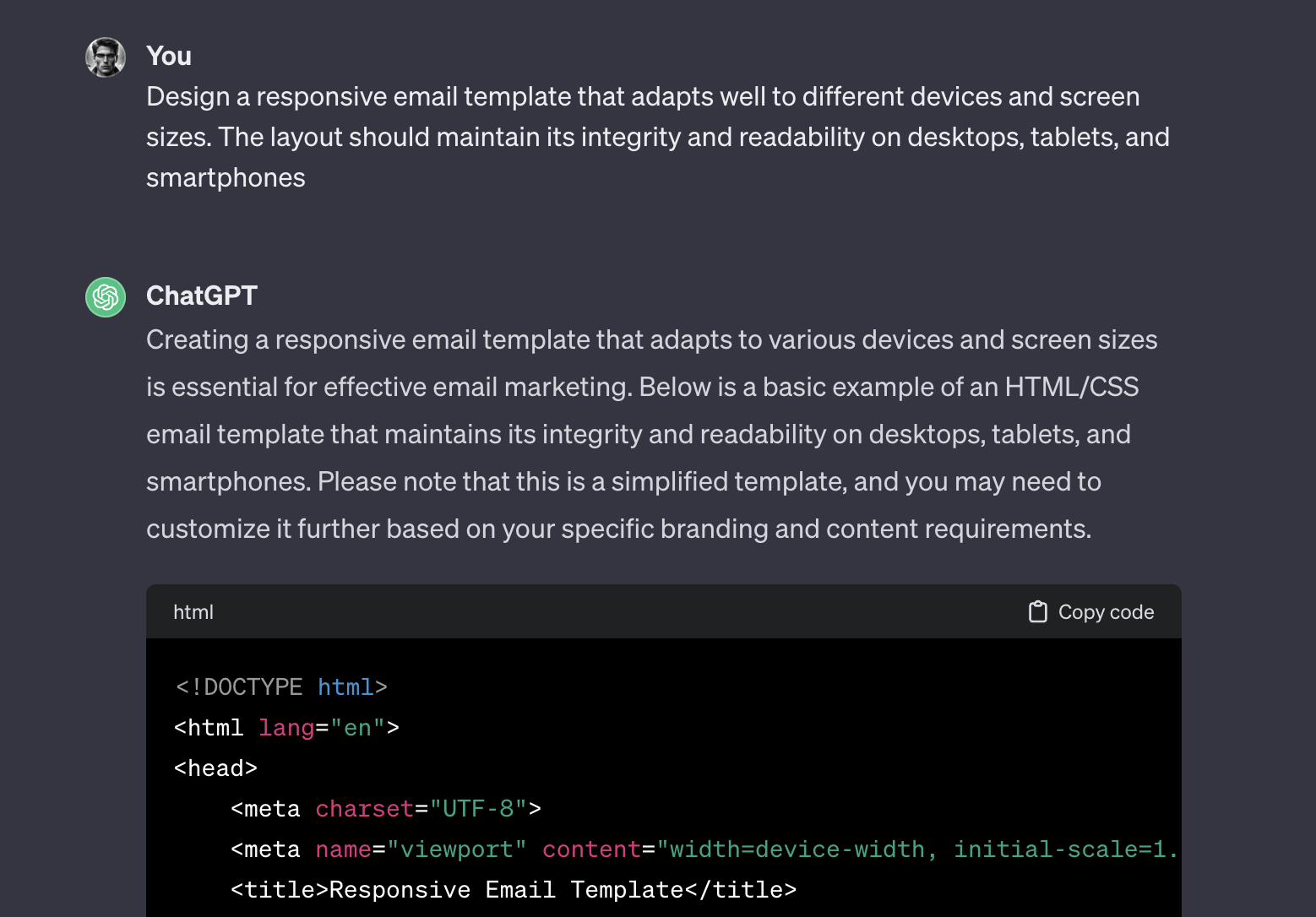
32. “Create a plan for an interactive email layout for a product launch. The email should include interactive elements like hover effects or clickable sections that reveal more information about [new product/service].”
33. “Draft an email with a minimalist design for a campaign focusing on [specific product/service]. The content should be easy to read, with a clean layout and high-quality images that highlight the product’s features.”
34. “Develop an email format that efficiently uses infographics to explain the benefits of [a complex product/service]. The infographics should be clear, engaging, and help simplify the explanation process.”
35. “Compose an email template suitable for a weekly newsletter. The design should be flexible enough to accommodate different types of content, including articles, product recommendations, and user-generated content.”
36. “Create a visually rich email design to showcase a new collection from [your brand]. Include high-resolution images, product descriptions, and direct links for easy shopping.”
37. “Draft an email that effectively uses GIFs or short videos to demonstrate the use of [a specific product/service]. The visual elements should be engaging and informative, enhancing the overall message.”
38. “Design a responsive email template that adapts well to different devices and screen sizes. The layout should maintain its integrity and readability on desktops, tablets, and smartphones.”
39. “Create a holiday-themed email template for [upcoming holiday]. The design should capture the holiday spirit while still maintaining the brand’s identity, and be adaptable for various holiday promotions.”
40. “Develop a dual-purpose email layout that serves as both a promotional tool and an educational resource. It should balance content about (product/service) with informative tips or insights relevant to your audience.”
Prompts for Email Strategy and Planning
41. “Plan a multi-stage email campaign to introduce a new loyalty program. Detail the sequence of emails, from initial announcement to follow-up reminders, highlighting the program’s benefits and enrollment process.”
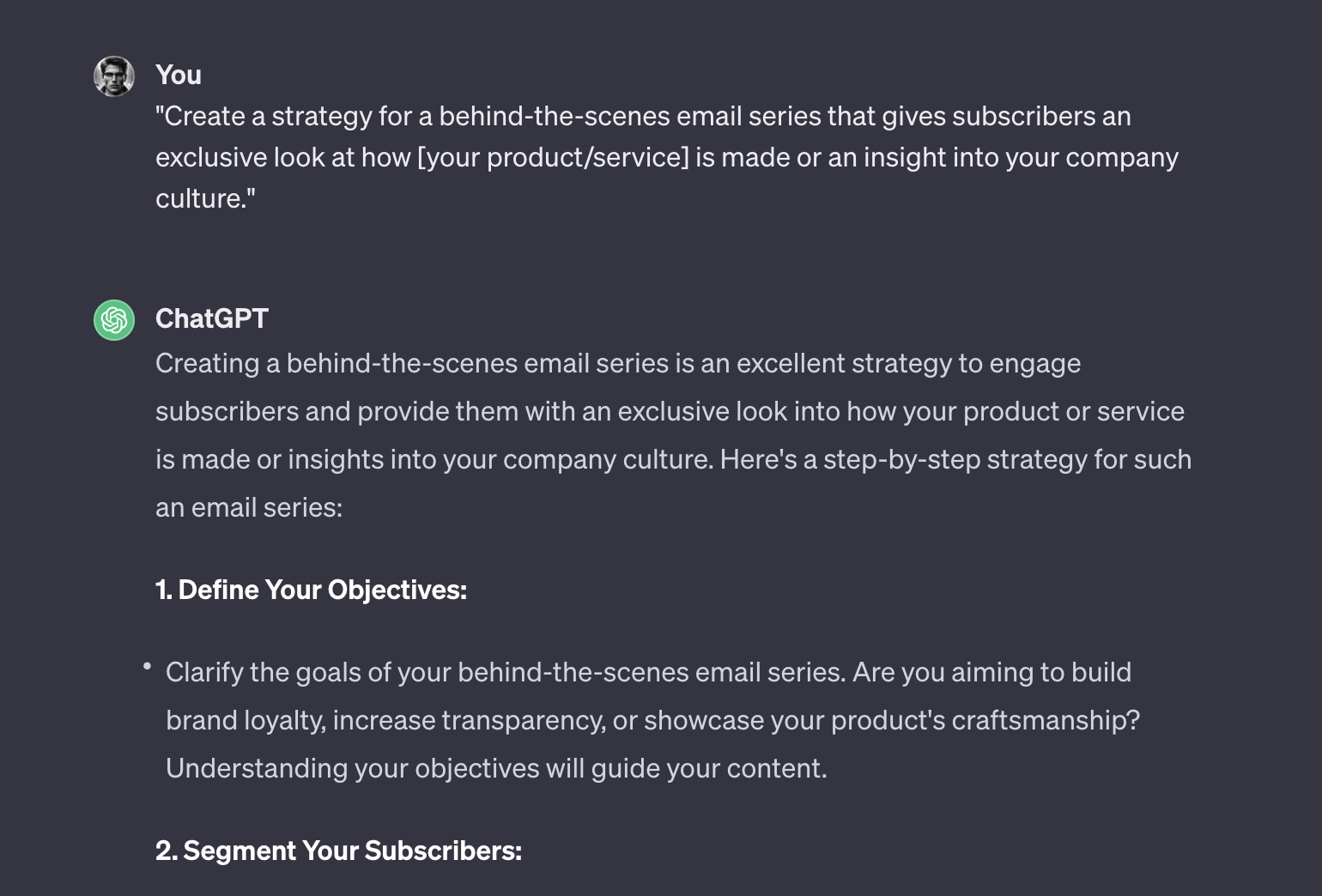
42. “Create a strategy for a seasonal email marketing campaign for [upcoming season]. The campaign should include a series of emails that build anticipation, reveal new products, and offer seasonal promotions.”
43. “Draft a plan for a year-end email series that reviews the major milestones and achievements of [your company]. Include customer highlights, popular products, and a thank you message to loyal customers.”
44. “Develop a pre-launch teaser email campaign for [an upcoming product/service]. Outline how each email will progressively reveal more details and build excitement leading up to the launch date.”
45. “Create a content calendar for a month-long email campaign focusing on customer education about [specific aspect of your product/service]. The emails should be informative, engaging, and encourage readers to explore further.”
46. “Plan a reactivation campaign targeting former customers who haven’t engaged with [your brand] in over [specified time]. Outline the email sequence, content strategy, and special offers to lure them back.”
47. “Draft a strategy for integrating user feedback into your email content. Plan how to collect, curate, and feature customer reviews and testimonials in your emails to build trust and authenticity.”
48. “Develop a cross-promotional email campaign in collaboration with [another brand or influencer]. Outline how the partnership will be beneficial for both parties and describe the content of the co-branded emails.”
49. “Create a strategy for a behind-the-scenes email series that gives subscribers an exclusive look at how [your product/service] is made or an insight into your company culture.”
50. “Plan an email campaign focused on the environmental or social impact of [your product/service]. Highlight your company’s initiatives and how customers’ support contributes to these efforts.”
Prompts to Improve Email Performance
51. “Develop a method for conducting an in-depth analysis of your recent email campaign. Include metrics such as open rate, click-through rate, and conversions, and suggest improvements based on the data.”
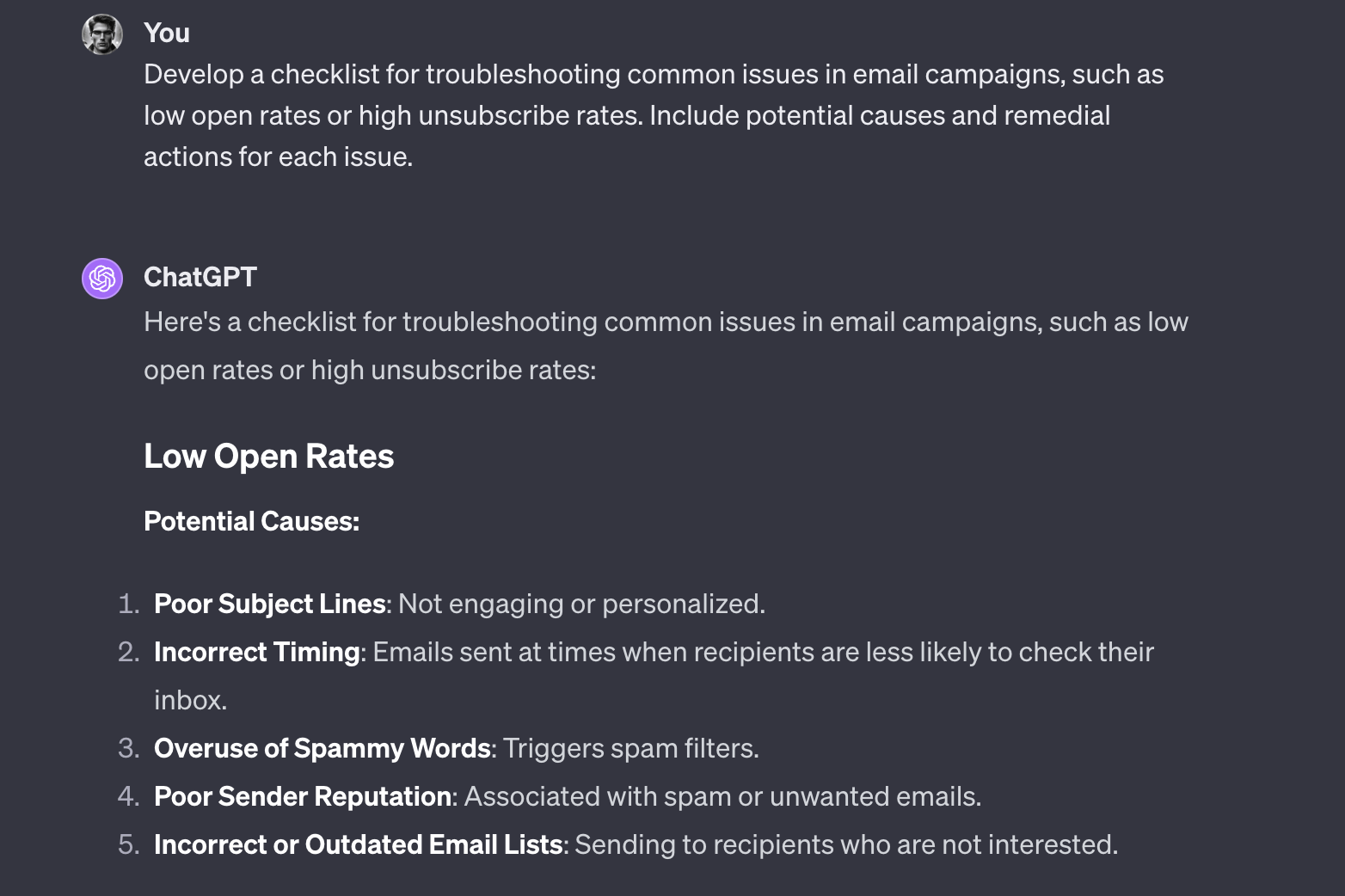
52. “Create a step-by-step guide for setting up and interpreting A/B tests on different elements of your emails, like subject lines, call-to-action buttons, and images, to optimize engagement.”
53. “Draft a plan for a regular email performance review meeting. Include key metrics to evaluate, potential discussion points, and strategies for implementing feedback into future campaigns.”
54. “Develop a checklist for troubleshooting common issues in email campaigns, such as low open rates or high unsubscribe rates. Include potential causes and remedial actions for each issue.”
55. “Outline a strategy for segmenting your email analytics to gain insights into different customer behaviors. Explain how you would use this data to tailor future campaigns for better engagement.”
56. “Create a guide for effectively using heat maps and click tracking in analyzing email engagement. Detail how to interpret these tools and apply the insights to improve email layout and content.”
57. “Draft a process for regularly updating and maintaining your email marketing database. Include steps for cleaning out inactive subscribers and refreshing your list to improve overall campaign performance.”
58. “Develop a strategy for leveraging customer feedback from email surveys. Explain how to effectively collect and analyze this feedback to enhance your email marketing tactics.”
59. “Outline a method for measuring the return on investment (ROI) of your email marketing campaigns. Include the types of data to collect and how to calculate the ROI based on your business goals.”
60. “Create a system for benchmarking your email marketing performance against industry standards. Discuss how to find relevant benchmarks and use them to set goals and improve your campaigns.”
Integrating Email with Marketing Strategies
61. “Develop a comprehensive plan to integrate email marketing with your social media strategy for [your company’s upcoming campaign]. Outline how you will use email to amplify social media content and vice versa, creating a cohesive cross-channel marketing experience.”
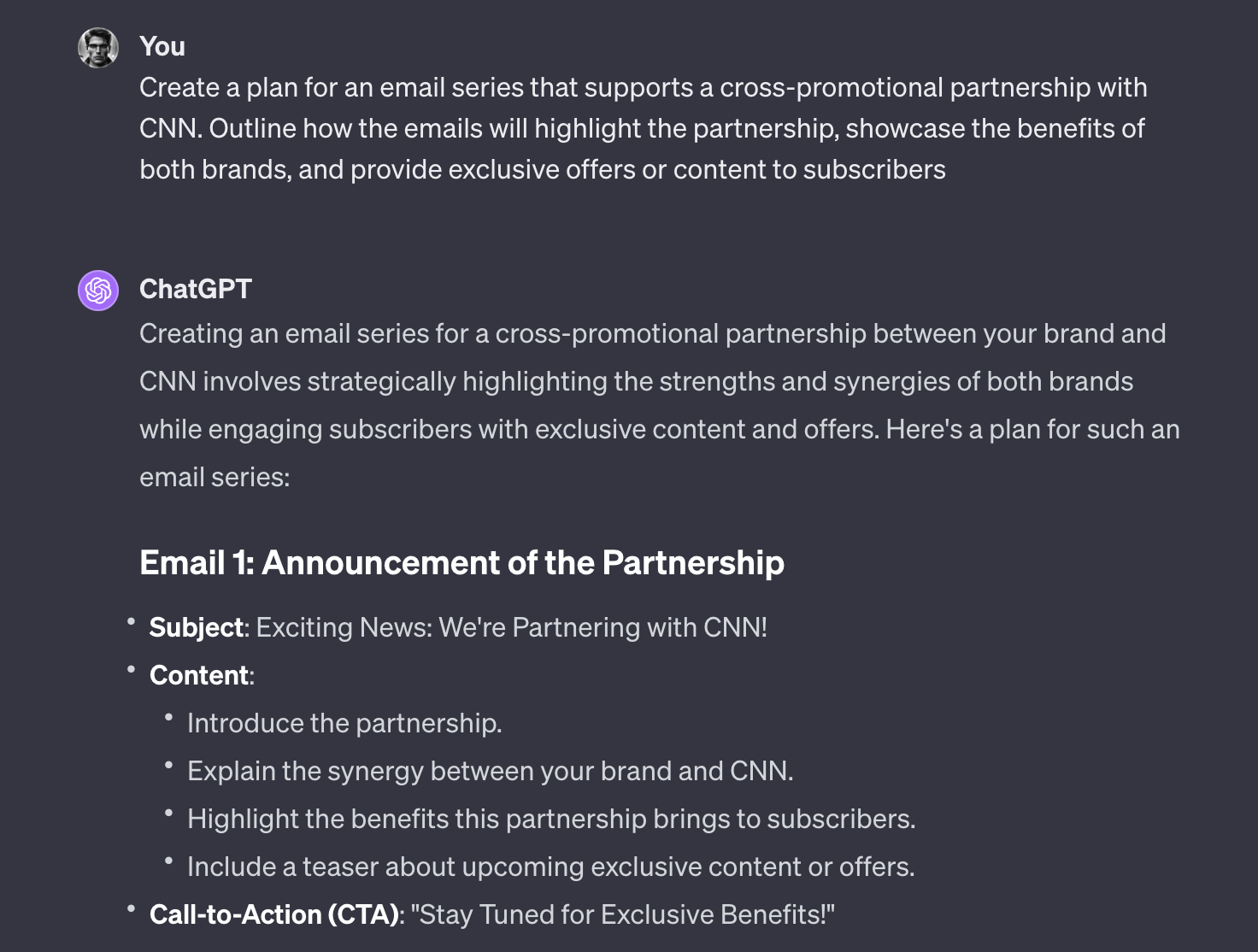
62. “Create a strategy for utilizing email marketing to enhance the impact of an upcoming webinar or virtual event. Include how you’ll use emails to drive sign-ups, provide event information, and follow up post-event for feedback and further engagement.”
63. “Draft a series of emails to complement a content marketing campaign focused on [specific topic or theme]. These emails should highlight key content pieces like blog posts or videos, driving traffic back to your website and encouraging deeper engagement.”
64. “Plan an email campaign that aligns with an upcoming PR or media push for [new product launch or company announcement]. The emails should reinforce the messages in your PR efforts and provide an exclusive angle or deeper insight for your subscribers.”
65. “Develop a strategy for using email to support a customer referral program. Explain how you’ll use email to educate subscribers about the program, encourage participation, and reward successful referrals.”
66. “Create a series of emails designed to complement and promote a series of podcasts or video content related to [a specific topic relevant to your audience]. Outline how each email will highlight key takeaways from the episodes and encourage further engagement with the content.”
67. “Draft an email marketing plan to support a physical or online event, such as a sale or pop-up shop. Include pre-event hype, real-time updates, and post-event follow-ups that tie into the overall theme and goals of the event.”
68. “Plan a strategy for using email marketing to enhance customer loyalty programs. Discuss how emails can be used to inform customers about loyalty benefits, track their progress, and offer exclusive deals or early access to new products.”
69. “Develop a process for integrating customer feedback from various channels into your email content strategy. This includes using insights from social media, customer service interactions, and product reviews to create more targeted and relevant email campaigns.”
70. “Create a plan for an email series that supports a cross-promotional partnership with [another brand or influencer]. Outline how the emails will highlight the partnership, showcase the benefits of both brands and provide exclusive offers or content to subscribers.”
The End!
We hope the list of prompts above helps you to create more powerful, more far-reaching marketing campaigns through email.
Email marketing is a textual skill, so it plays into a lot of core strengths that ChatGPT possesses, demonstrating a promising long-term potential for automation, particularly for those that are willing start studying prompt engineering right now.
Don’t forget to check out our additional resources here:


